1. The Ultra-Tiny Desk
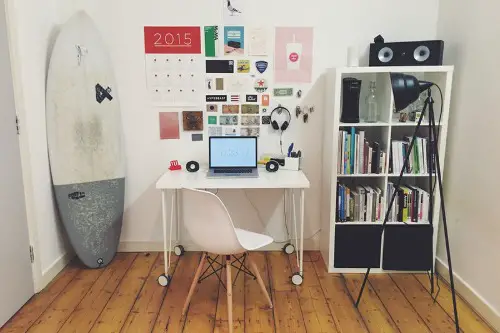
At the start of remote work, a lot of people scrambled to fit “something” into their living space. Ultra-small desks became trendy because they could squeeze into corners or even closets. On Instagram, they looked adorable and efficient. But for anyone actually working 40 hours a week, they quickly felt cramped and impractical.
Tiny surfaces couldn’t hold a laptop, monitor, notebooks, and coffee without chaos. Many workers developed neck and shoulder pain from awkward setups. What looked space-saving ended up being productivity-draining. Larger desks with storage became a better long-term solution as remote work stuck around.
2. The Floating Shelf Gallery Wall

Everyone seemed to jump on the floating shelf craze to display books, plants, and knickknacks behind their desk. It looked amazing in Zoom calls, like you were curating your own personal backdrop. But the reality was that most people didn’t keep up with the upkeep, and shelves quickly turned into clutter traps. Instead of an inspiring background, they often became dust collectors.
As time went on, people realized that practical storage mattered more than a wall full of decorative objects. The shelves weren’t particularly useful for work-related items, so they just took up space. Plus, viewers on Zoom eventually got bored of perfectly staged bookshelves—they started to feel like a performance rather than a workspace. By 2024, a simpler, cleaner wall background became the go-to.
3. Neon LED Strip Lighting
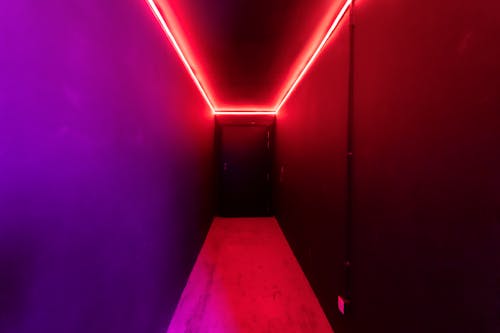
In 2020, the gaming aesthetic bled into home offices, and suddenly neon LED strip lighting was everywhere. It felt fun, edgy, and different from the beige cubicles people were used to. Purple, blue, or rainbow glows added flair for Zoom calls and social media posts. But as time passed, the novelty wore off.
What seemed cool quickly became distracting, especially for long work hours. The harsh lighting didn’t help with eye strain, and it clashed with natural light during the day. For professional meetings, it could come across as immature or out of place. Warmer task lighting and daylight lamps eventually replaced the nightclub vibe.
4. The Oversized Gaming Chair
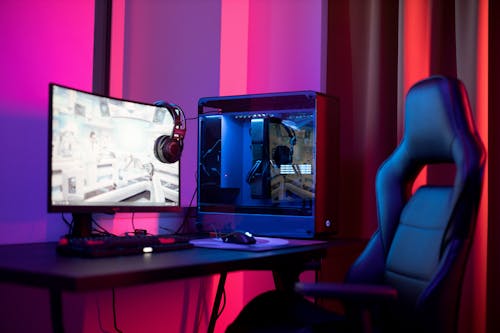
Many people thought buying a giant racing-style gaming chair was the key to remote work comfort. They were bold, flashy, and looked “serious” about sitting at a desk all day. But those chairs often turned out to be clunky, heavy, and not nearly as ergonomic as advertised. They dominated small rooms, making offices feel cramped.
Over time, people realized that good posture came from adjustability and lumbar support—not bulk. Gaming chairs also didn’t blend well into multipurpose spaces, where work had to coexist with home life. Sleeker ergonomic office chairs became the more sustainable choice. By 2022, the “office throne” look started feeling awkward rather than aspirational.
5. Faux Plant Overload
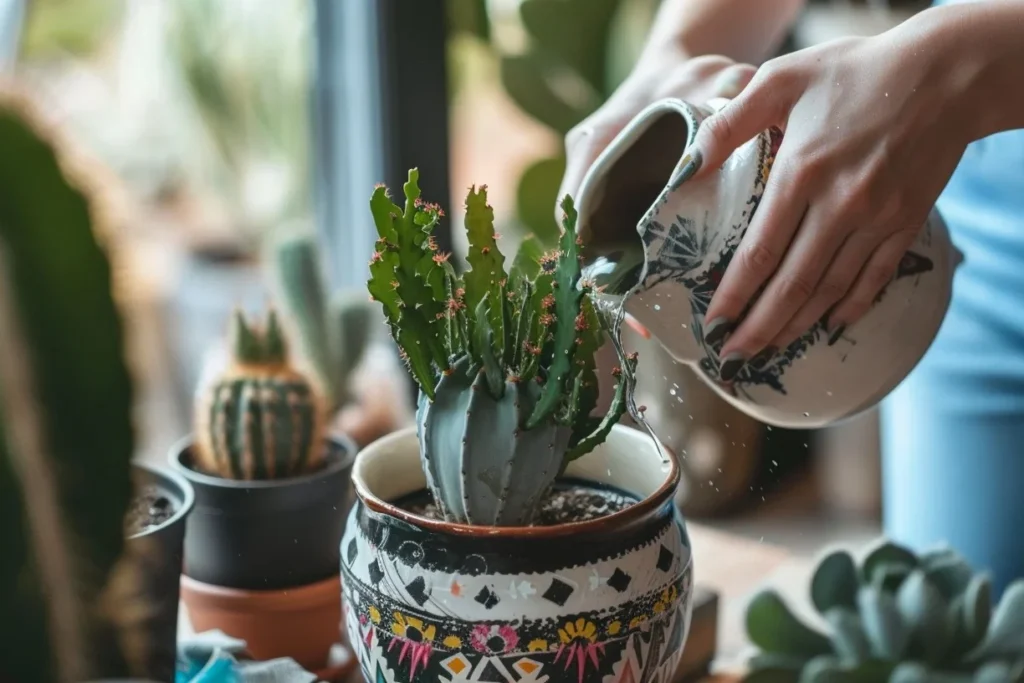
Because everyone wanted greenery in their office, fake plants had a huge moment in 2020. They were low-maintenance, affordable, and easy to arrange around a desk or shelf. Instagram feeds were full of desks with little faux succulents or trailing vines. But the trend aged poorly once people realized fake greenery doesn’t fool anyone up close.
Instead of making spaces feel fresh, they ended up looking plasticky and dated. The lack of real benefits, like air purification or seasonal change, made them feel stagnant. Meanwhile, real plants like pothos or snake plants became easy, beginner-friendly alternatives. Now, the faux plant overload reads as cheap rather than chic.
6. The All-White Minimalist Desk Setup
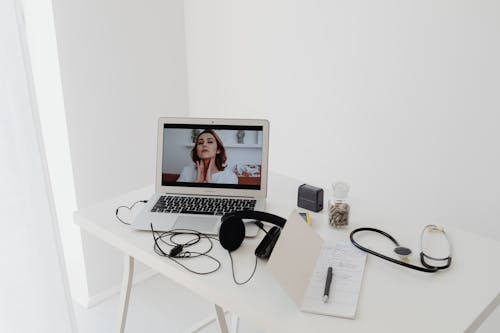
Back in 2020, the Pinterest-perfect all-white home office setup was everywhere. The idea was that a sleek, clean space would help you feel calm and focused. But in reality, those bright white desks and accessories showed every single smudge, dust speck, and coffee ring. What once looked like a serene work haven quickly turned into a maintenance headache.
On top of that, the starkness of all-white didn’t age well for people who had to stare at it all day. It often came off as cold and impersonal, especially when remote work blurred the line between personal and professional life. A lot of people realized they wanted warmth, personality, and comfort in their space—not a sterile environment. By 2023, earthy tones and natural wood started to feel much more inviting.
7. Monochrome Color Schemes
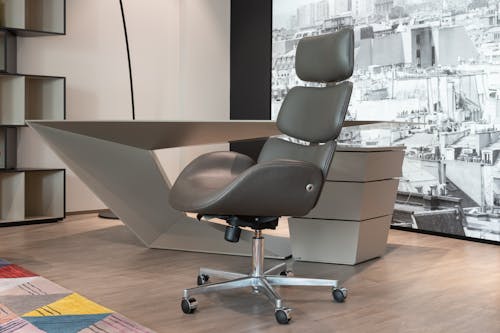
Black-on-black or gray-on-gray offices had a sleek, moody vibe in 2020. They looked futuristic and dramatic, often styled with matte finishes. But after months of working in them, people found the lack of variety mentally draining. Monochrome setups blurred into monotony, leaving little room for inspiration.
The absence of contrasting colors also made small spaces feel even tighter. Over time, bright accents and layered textures proved to be better for energy and creativity. Offices with personality aged far better than ones that looked like showroom floors. By 2023, monochrome offices felt flat compared to more vibrant alternatives.
8. DIY Pallet Desks
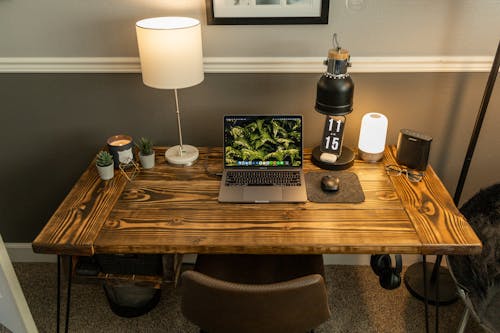
With supply shortages in 2020, DIY pallet furniture became a big trend, and home offices weren’t spared. Pallet desks looked rustic, affordable, and eco-friendly. Tutorials spread quickly, and suddenly social media feeds were full of reclaimed wood workspaces. But the charm faded once the practical issues showed up.
Pallets often weren’t built to support heavy daily use, and sanding them smooth enough for work was a huge task. Splinters, uneven surfaces, and limited durability made them less than ideal for an office. The rustic aesthetic also didn’t blend well with modern tech setups. Eventually, sturdier, purpose-built furniture proved to be the better investment.
9. Statement Wallpaper Behind the Desk
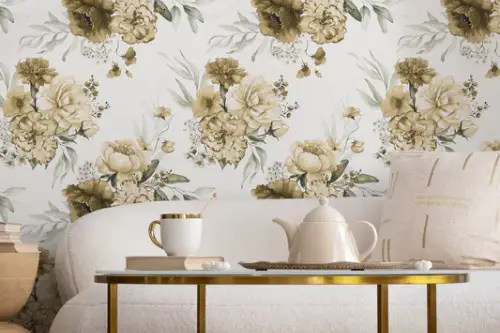
In 2020, bold wallpaper accent walls became a go-to for dressing up home offices. Palm leaves, geometric patterns, and murals popped up behind countless desks. It was a quick way to create a Zoom-ready background. But the more people used them, the more overwhelming they felt.
Working eight hours a day with a busy pattern in your peripheral vision was overstimulating. The designs also clashed with evolving décor trends, making offices feel stuck in a specific moment. Neutral or textured walls turned out to be more flexible and timeless. Today, statement wallpaper feels like a relic of the early lockdown design rush.
10. The Standing Desk Craze
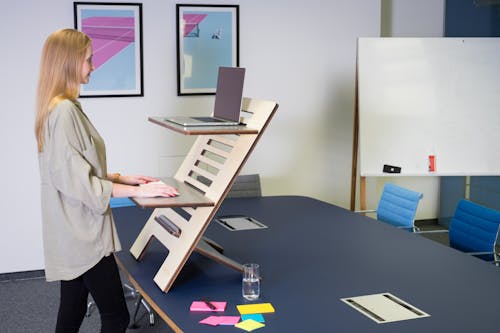
Standing desks exploded in popularity during the early days of working from home. The idea was that they’d solve health problems associated with sitting all day. Instagram was filled with images of people proudly working on tall, minimalist setups. But in practice, not everyone loved being on their feet for hours.
Many found standing all day just as uncomfortable as sitting. Without proper mats or posture adjustments, it often led to sore legs and backs. Over time, hybrid desks with adjustable heights became the smarter solution. The hype around “standing only” quickly cooled off.
11. Over-the-Top Zoom Background Props
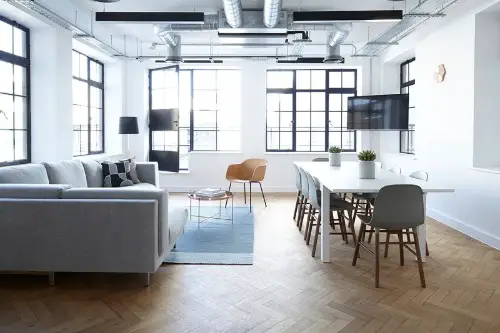
Some people went all-in on creating theatrical backdrops for Zoom. Giant maps, elaborate art walls, or quirky props made spaces look fun and distinctive. In 2020, it was a playful way to break the ice during endless video calls. But after a while, it started to feel forced and performative.
Coworkers grew tired of busy or distracting visuals in meetings. It also created pressure to constantly “perform” your background instead of focusing on work. Eventually, clean, simple setups with better lighting became the gold standard. The prop-heavy office look now feels like a gimmick from a specific moment in time.
12. Beanbag Corners as Workstations
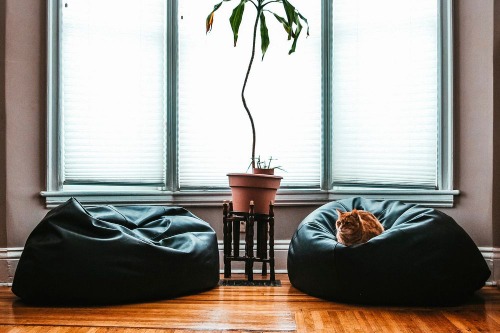
When people first started working from home, beanbags popped up as a cozy “alternative desk.” The idea was that you could lounge with a laptop and feel relaxed while working. Instagram influencers promoted it as a comfy, unconventional workspace. But it didn’t take long for the downsides to show.
Beanbags offered no back support, making them a nightmare for posture and productivity. What seemed cozy for an hour was miserable for a full workday. They also didn’t blend well with professional spaces, often looking juvenile. Today, beanbag workstations are remembered more as a lockdown experiment than a sustainable design choice.
This post 12 Home Office Designs That Seemed Cool in 2020 but Aged Badly was first published on Greenhouse Black.
